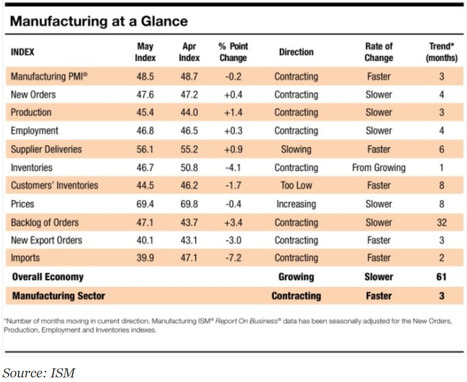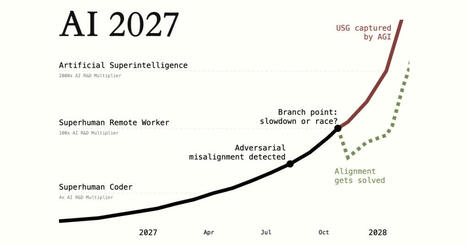Previous industry sources suggested that NVIDIA was exploring the use of Intel’s 18A process for its gaming GPUs, according to Tom’s Hardware. Now

|
Scooped by
Richard Platt
onto Internet of Things - Company and Research Focus May 27, 12:44 AM
|





 Your new post is loading...
Your new post is loading...





























Previous industry sources suggested that NVIDIA was exploring the use of Intel’s 18A process for its gaming GPUs, according to Tom’s Hardware. Now, interest in the 18A node appears to be growing. Chosun Biz notes that Microsoft has reportedly signed a large-scale foundry deal with Intel using the 18A process, while talks with Google are also said to be underway. It's been noted that a Microsoft deal would mark a major milestone for Intel boosting its standing against TSMC and Samsung in advanced foundry. - Intel’s 18A process is currently in risk production and is expected to enter high volume manufacturing (HVM) late 2025. Intel is developing two enhanced variants of its 18A node: 18A-P, slated for launch in 2026, and 18A-PT, expected in 2028, it was noted that initial 18A-P wafers have already been introduced in Intel’s fabs. Intel is working with lead customers on its next-gen 14A node and started sharing early 14A PDKs with key partners. Chosun Biz notes that Intel has the largest number of U.S.-based factories among foundry players, potentially offering it an advantage in mitigating tariff-related risks. Intel is currently building 2 cutting-edge fabs in Arizona, alongside an expansion of its advanced packaging facilities in New Mexico. In Oregon, Intel is also moving forward with a new 300mm logic and foundry plant. In Ohio, it has committed USD 28 billion to construct 2 additional factories; but operations are now expected to begin between 2030 and 2032.
Intel’s overseas expansion is picking up. in Ireland, HVM of the Intel 4 process is set to begin at Fab 34, with 3nm chip HVMN scheduled for later in 2025. In Israel, Fab 38 will produce HPC ICs using EUV lithography.